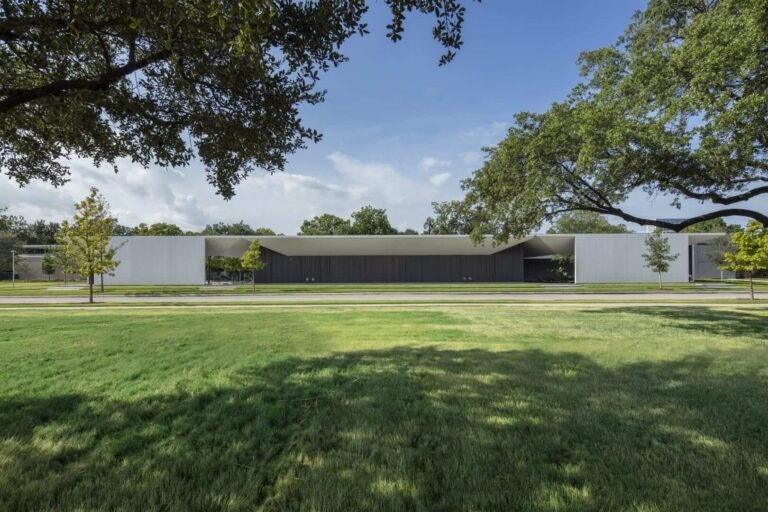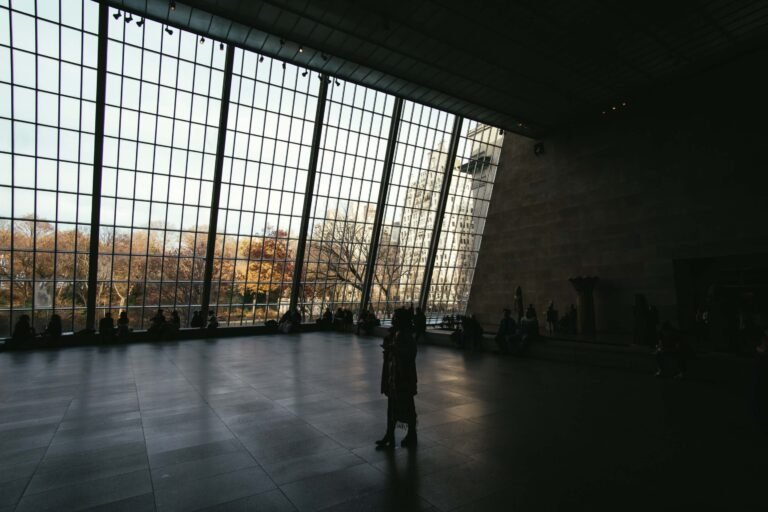Object & Thing and Green River Project Team Up to Celebrate Maverick Landscape Architect James Rose
Object & Thing has been shaking up the art and design world for the past four years. First imagined as a format-defying gallery in 2019, the platform has since gone on to host site-specific group shows in the personal homes of some of the New York City metropolitan area’s most influential 20th-century architects and artists. By placing an eclectic array of new works in these historic abodes, founder Abby Bangser and her partners have sought to spark new conversations about history, domestic life, craft, material, and self-expression. Focusing on objects, this dynamic exhibition program blurs the hierarchies that traditionally separate the creative disciplines.
Buy now for unlimited access and all of the benefits that only members get to experience.
For her newest project, opening September 9, Bangser travels to northern New Jersey, where Object & Thing will take over the home of modernist landscape architect James Rose. Co-curated with longtime collaborators Aaron Aujla and Ben Bloomstein of the AD100 studio Green River Project, “At the Rose House” will pay homage to the architect’s legacy through a selection of historical and contemporary wares reflecting the Rose ethos.
At Rose’s self-designed and hand-built home, visitors will see Adirondack chairs by Hugh Hayden, wood-fired micaceous pots by Johnny Santiago Adao Ortiz-Concha, and naturally-dyed and framed textiles by Kiva Motnyk, along with works by Louis Eisner, Michele Oka Doner, and Anne Truitt.
Most were made specifically for the showcase. “We were interested in expressing through the exhibition a vision for Rose’s house with contemporary artists and makers,” Bangser says. “For example, how would Rose live in the house if he were alive today? We also looked for works that embraced the handmade quality, the sensitivity to nature, and the creative scene of New Jersey in the 1960s and ’70s.” The historical designs—including a Charles and Ray Eames 1943 plywood sculpture—were selected with an eye on period and geographical relevance.



